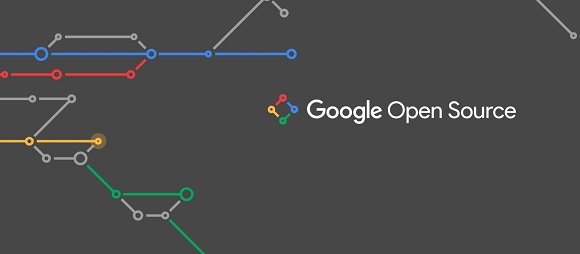Google opens Fuchsia: a new Android ready to bloom?
Google open sourced its flowery-named Fuschia Operating System (OS) for IoT and mobile applications some four years ago.
Know as a capability-based operating system, the project is now open for contributions, fertiliser, fermentation and frolics — where a capability-based operating system generally refers to an operating system that uses capability-based security.
The cloud, web & search giant has said that it is open to, “High-quality, well-tested contributions from all.”
Open source as it is, Google will retain tight control over the governance model and forward strategic trajectory of Fuchia – so it’s open open source, but on Google open source vision terms… and (arguably, possibly, conceivably) open to Google’s own contributor base in the first instance before the rest of the global community.
As initially reported by InfoQ here, the project has some levels of the unknown about it and has even been thought (at some stage) to be a possible contender to replace Android, given the mobile operating system’s history of fragmentation and update hassles.
Software engineer and journalist Sergio De Simone has reminded us Fuchsia is still very much a work in progress and (according to Google) cannot be used to create real software products at this stage.
“This lack of definition has also led some to believe Fuchsia is a ‘principal engineer retention project’, a hypothesis which has been clearly dismissed by Google principal engineer Adam Barth, who is also member of the new Fuchsia governing council.”
Google is also publishing a technical roadmap for Fuchsia to provide insights into project direction and priorities.
According to Wayne Piekarski, developer advocate for Fuchsia, some of the highlights of the roadmap are working on a driver framework for updating the kernel independently of the drivers, improving file systems for performance, and expanding the input pipeline for accessibility.
“Fuchsia is not ready for general product development or as a development target, but you can clone, compile, and contribute to it. It has support for a limited set of x64-based hardware, and you can also test it with Fuchsia’s emulator. You can download and build the source code by following the getting started guide,” wrote Piekarski, on the Google Open Source blog.
Developers who are interested in Fuchsia can join the mailing lists and browse the documentation at fuchsia.dev.

Image source: Google



